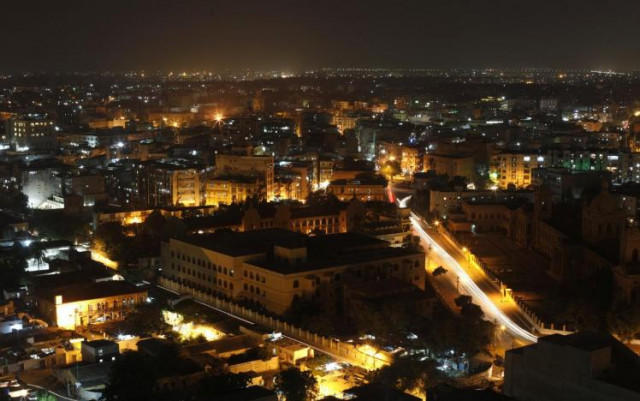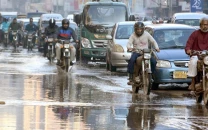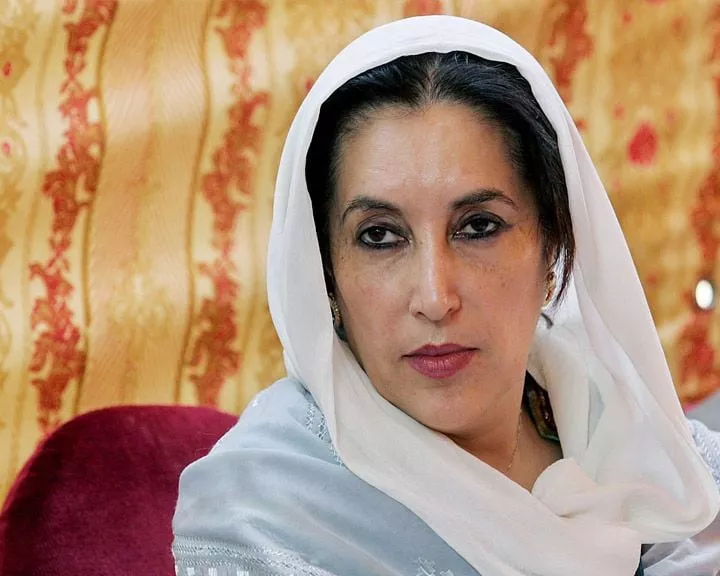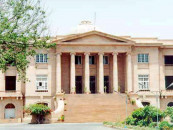Karachi’s existential crisis
Immediate steps needed to restore city’s marine ecosystem

Pakistan’s commercial capital, is facing an existential crisis due to the degradation of its marine ecosystem. The city’s Gizri creek has been turned into a housing settlement, leaving only one creek, Korangi. The city’s largest lagoon, “Obhayo,” has been shrunk to a polluted blackwater pond known as “Boat Basin.” Hijrat Colony and Shireen Jinnah Colony are built on illegally reclaimed land on the Obhayo lagoon.
The Mai Kolachi bridge disconnected the remaining lagoon from the open sea, disrupting a crucial function of the marine ecosystem. Another important lagoon, “Nai Naar,” was disconnected at Sandspit in the 1950s, causing the high tide-low tide cycle, that naturally cleaned the Keamari harbour, to stop. This has led to severe pollution in the area, resulting in a ban on fish exports to the European Union.
The city’s history of natural disasters is also a cause of concern. Major cyclones have hit Karachi and the surrounding coastal region in 1902, 1944, 1964, and 1965. Every year, monsoon rains cause damages in the city.
If the city is hit by a severe cyclone or receives unusual rainfall, the damage could be devastating.
The backwater absorbing capacity of Obhayo lagoon and Gizri creek are gone, and the blocked waterways of Lyari and Malir rivers will cause more damage to the city’s infrastructure and lives.
The 2001 Gujarat earthquake in India serves as a reminder of the potential devastation that can occur from earthquakes on the Sindh coast, especially Karachi. In 1668, an earthquake destroyed Auranga Port, near Shah Bandar and submerged 30,000 houses, killing 50,000 to 150,000 people. Another earthquake in 1819 destroyed Sindhri Port, south of Badin. The last tsunami to hit Karachi was in 1945, causing an estimated 4,000 casualties on the Makran Coast.
There is an immediate need to plan for disaster risk reduction and take bold measures to make the city resilient to disasters and climate change. This can only happen when the marine ecosystem of the city is restored. Failing to do so puts Pakistan at risk of losing its commercial capital and endangering the lives of over 10 per cent of the country’s population.
The air quality in Karachi is a significant concern for its residents. Industrial activities, vehicular emission and lack of vegetation are major contributors to the city’s heavily polluted air. The absence of trees also exacerbates the risk of heat-related illnesses during hot season through the urban heat island effect.
It is ironic that a coastal city where sea-gulls and flamingos should be flying, its horizon is dominated by eagles and crows. The restoration of urban forests and wetlands throughout the city could not only address the issues of air pollution and heatwaves, but it could also bring back the native birds and wildlife, and contribute to the overall environmental health of the city.
Karachi needs immediate bold decisions for disaster resilience, ecosystem restoration and improving the quality before it gets too late. The writer is an Environmental Activist and Founder of Clifton Urban Forest, Karachi.
Published in The Express Tribune, March 18th, 2023.



















COMMENTS
Comments are moderated and generally will be posted if they are on-topic and not abusive.
For more information, please see our Comments FAQ